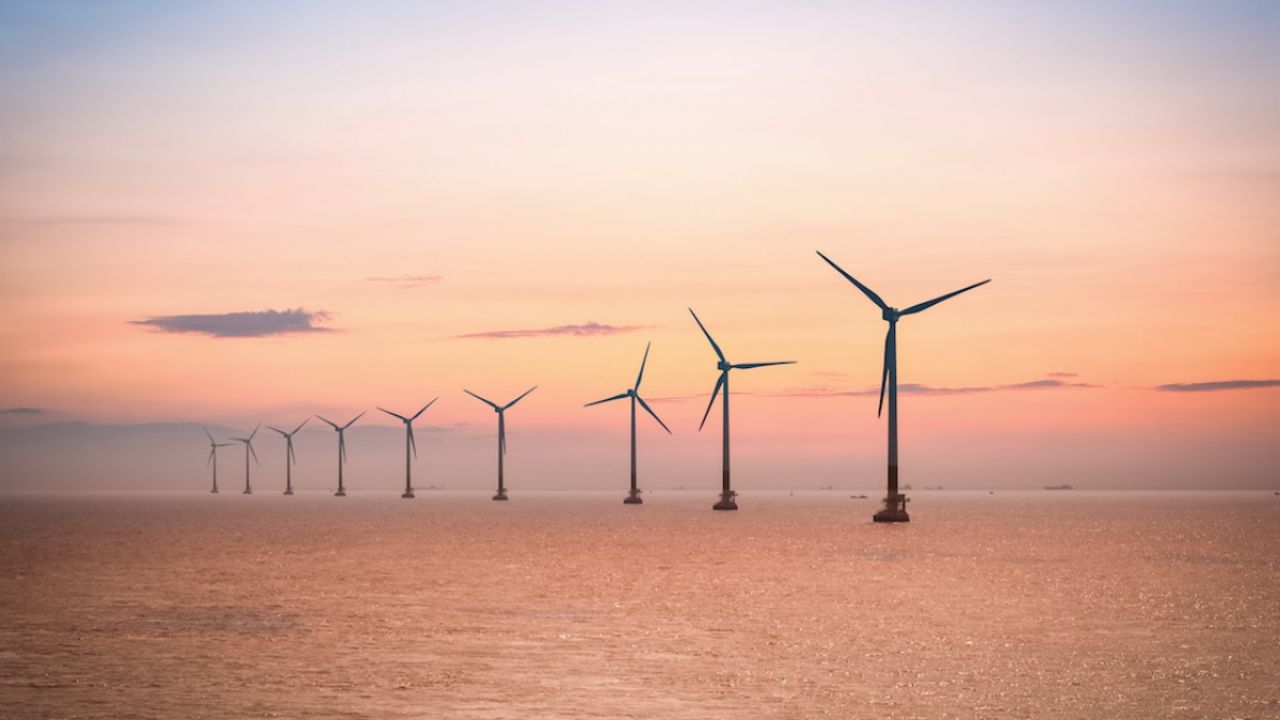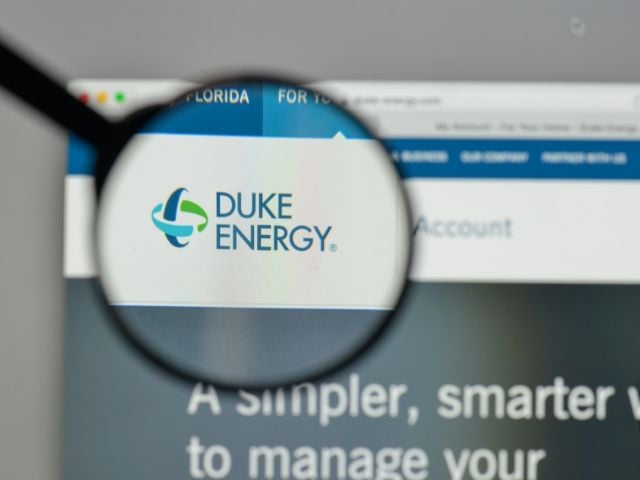
In 2009, a study in the research journal Utilities Policy concluded that wind and other sources of renewable energy would “never be able to contribute significantly to electric power supply.”
What a difference a decade has made.
According to the American Wind Energy Association, or AWEA, the amount of wind-generated electricity in the U.S. has more than doubled, enough to power 27 million homes. The Department of Energy says wind is now the third-largest electricity source in the nation, behind solar and natural gas. And the Federal Energy Regulatory Commission expects U.S. wind power to nearly double in the next two years.
Today the wind power industry employs more than 107,000 Americans. The Department of Labor lists “wind technician” as the occupation expected to be the second-fastest growing between 2016 and 2026 – behind solar installer. Wind-sector employment grew by over 30,000 from 2015 to 2017.
The major factor driving wind’s expansion is economics. AWEA estimates that in 2009, the cost of a unit of wind power was three times the price it is today. The states that are leaders in wind power have electricity rates lower than the national average.
Department of Energy statistics show that 14 states generate more than 10 percent of their electricity from wind. Four of them – Iowa, Kansas, Oklahoma and South Dakota – generate more than 30 percent of their electricity from wind. AWEA expects seven states to double their wind capacity in the near future.
The next frontier for wind power will be offshore, along the East Coast and California. Offshore wind is already a cost-effective option. The cost of contracted wind for a large wind farm in development off of Martha’s Vinyard is 25 percent less than the low-end estimated costs of a new nuclear reactor over the reactor’s life cycle. Comparing the National Renewable Energy Laboratory’s estimates for offshore wind potential with data from the Energy Information Administration shows that offshore wind farms could essentially meet the electric demand of cities along the East Coast from the mid-Atlantic to Maine.
An added bonus is that East Coast states could avoid more costly nuclear power and theoretically replace aging nuclear plants with clean renewable energy. This point is important, since nuclear advocates claim that nuclear power is necessary to combat climate change. But AWEA estimates that in 2017, land-based wind farms saved nearly 200 million metric tons of carbon emissions, equivalent to the pollution from over 40 million cars.
Add the plummeting costs of wind and solar power, the severe public health hazards of coal and natural gas, the steep cost and risks of nuclear power, and it’s clear not only that the energy future belongs to wind and solar but that the future is already here.


